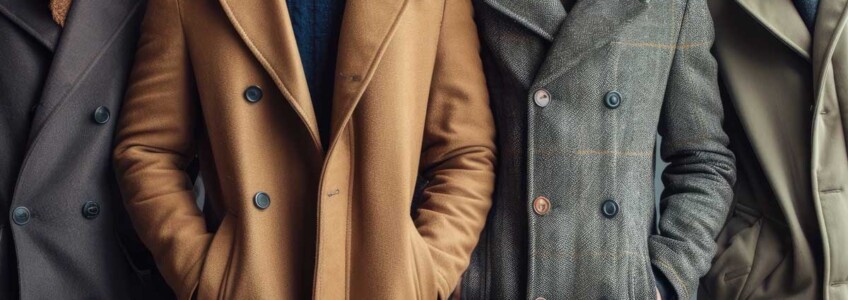Choosing the right fabric for a coat is a fundamental step, because it affects the warmth, comfort, aesthetics and durability of the garment. It is not enough to evaluate the color or texture: the composition, weight and feel of the fabric count.
From the experience of Manifattura Foderami Cimmino comes advice on how to orient yourself among the most used materials for coats, how to recognize quality and which characteristics to favor based on style and season. Here’s how to choose coat fabric based on various needs.
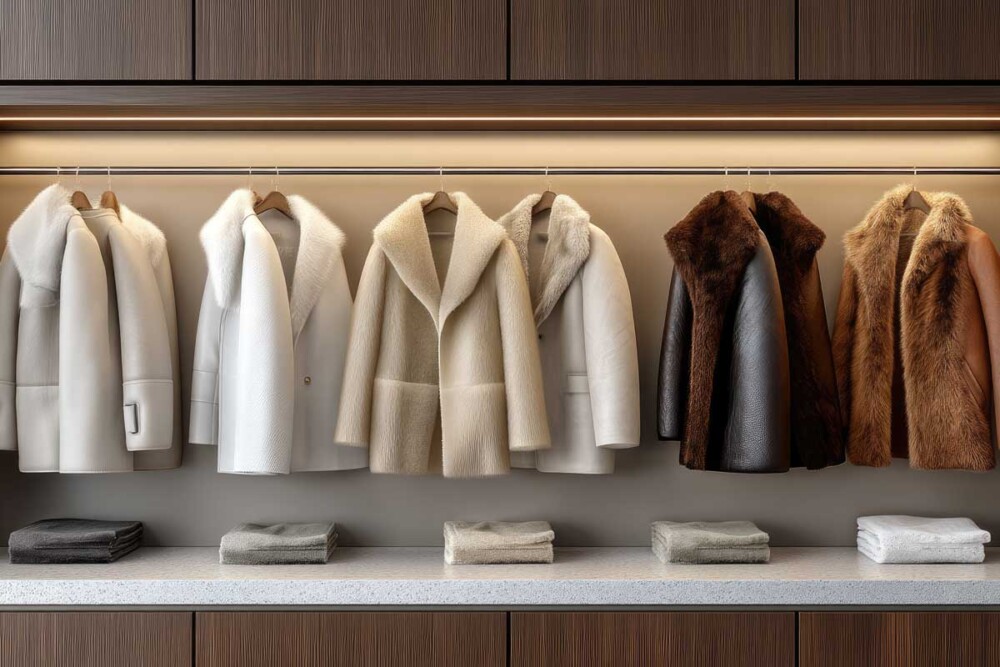
Why choosing coat fabric carefully is essential
Fabric is what defines the character of a coat. It determines its fit, ability to retain heat and resistance over time.
Choosing carefully means obtaining a garment that combines practicality, aesthetics and durability. The main aspects to consider are:
- Thermal insulation: the fabric must retain heat without making you sweat;
- Breathability: Let air through to maintain comfort;
- Dimensional stability: must retain shape even after years;
- Hand and fall: touch sensation and fluidity influence style.
A quality fabric allows you to create beautiful, comfortable and resistant coats, suitable for both everyday use and more formal occasions.
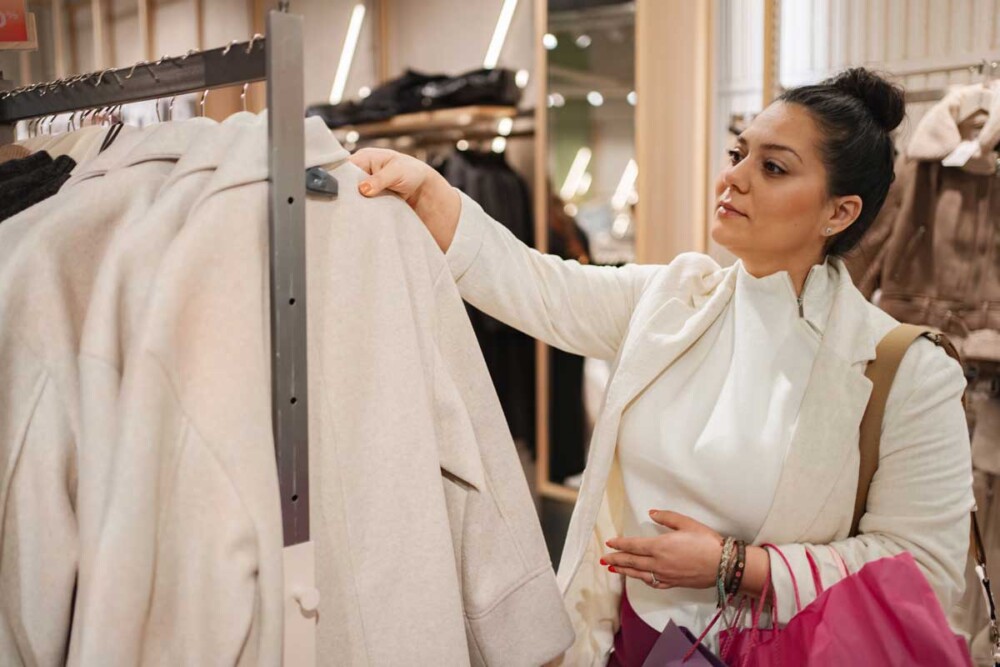
Types of coat fabrics: characteristics and uses
The variety of coat fabrics available today is very wide. Each material has different properties in terms of heat, weight and maintenance.
Knowing the differences helps to choose the most suitable fabric for the model to be made or the collection to be developed.
In general:
- natural fabrics, such as wool, stand for comfort and breathability;
- blends offer convenience and durability;
- technical materials favor protection and lightness.
Here are the main types of fabrics to use to make coats and their advantages.
Woolen fabrics for winter coats
Wool is the queen of coats. Warm, breathable and resistant, it guarantees comfort and an always elegant appearance.
The main variants are:
- Carded wool: thick, soft and fluffy, ideal for casual and unstructured coats;
- Combed wool: compact and smooth, perfect for classic and double-breasted models;
- Full wool: dense and windproof, suitable for cold climates and more technical models.
| Type of wool | Main features | Ideal for |
| Carded | Soft, warm, voluminous | Soft or oversized coats |
| Combed | Smooth and compact | Elegant and structured models |
| Fulled | Dense and wind resistant | Winter and technical garments |
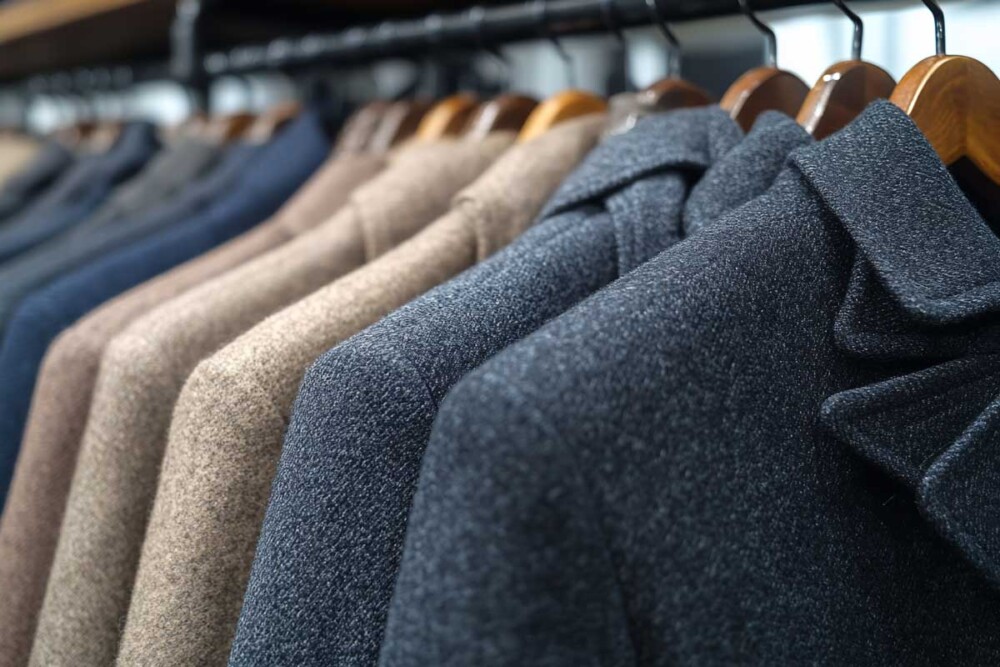
Wool blend fabrics: the most versatile solution
Wool blend fabrics combine wool with fibers such as viscose, acrylic or polyester to achieve the right balance between comfort and practicality.
They offer numerous advantages:
- they retain heat but are lighter;
- they resist washing better;
- they wrinkle less than pure wool;
- they have a more affordable cost.
They are perfect for everyday coats or for trendy collections, as in the case of houndstooth patterned coats. A good wool blend retains the softness of the natural material but with greater ease of maintenance.
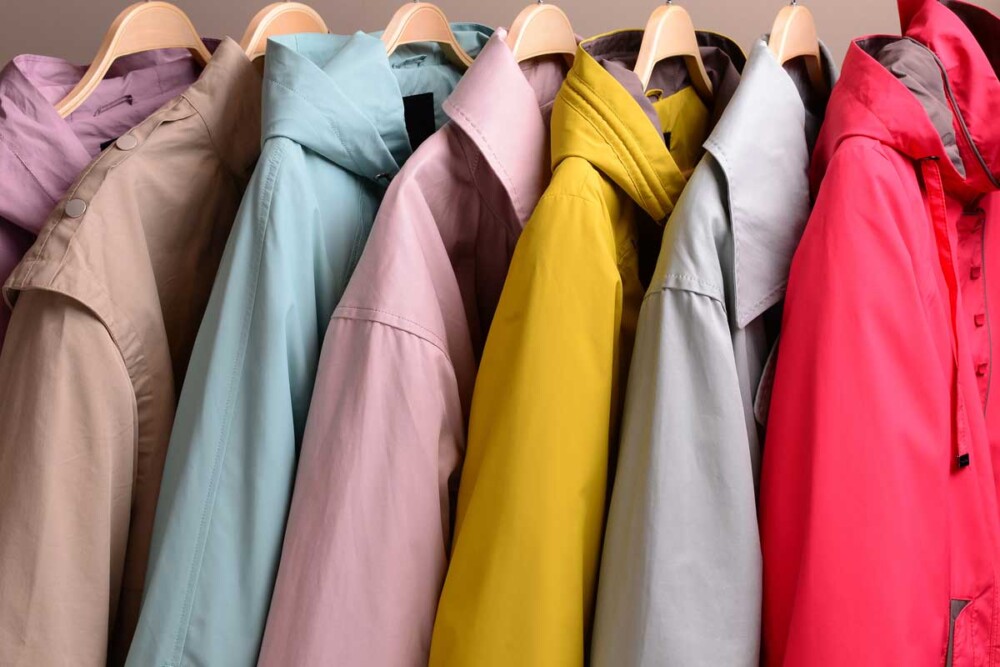
Technical fabrics for waterproof and windproof coats
Technical fabrics are also increasingly present in tailoring fashion. Thanks to new technologies, they combine functionality and style.
These are materials such as polyamide, softshell or treated polyester, which offer:
- waterproofness and wind protection, thanks to water-repellent treatments;
- lightness, which allows greater freedom of movement;
- resistance, ideal for everyday use;
- easy cleaning, as they do not absorb stains or odors.
These fabrics are the ideal choice for urban and sport coats, where comfort and practicality combine with clean aesthetics.
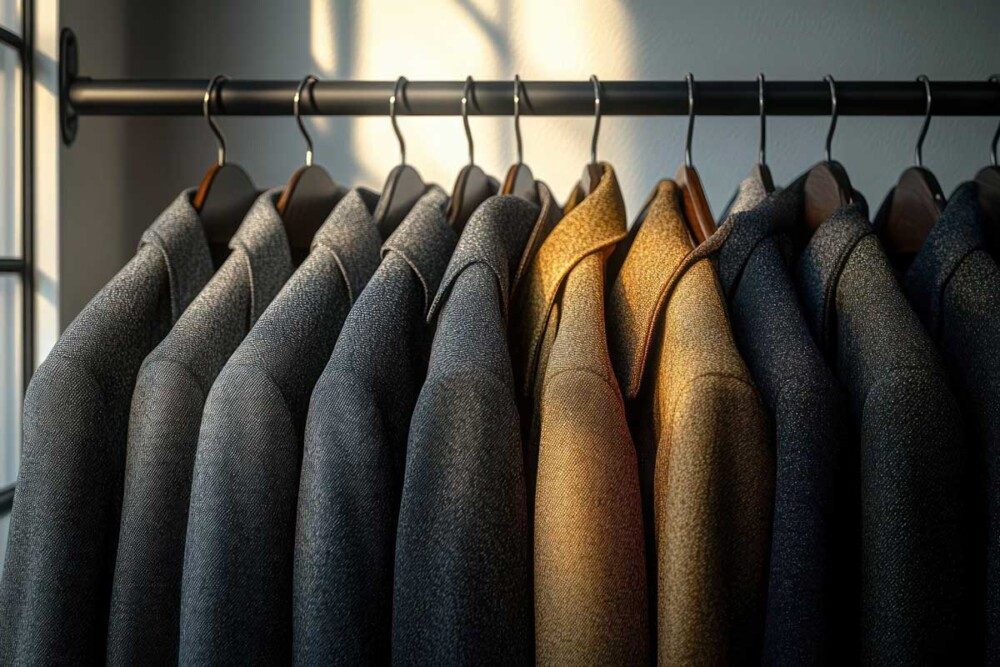
Fashion fabrics: bouclé, mohair, alpaca and cashmere
Fashion fabrics are designed for those who want to stand out with a garment with a unique style.
- Bouclé has an irregular and soft surface that gives movement and volume.
- Mohair is shiny and light, perfect for elegant models.
- Alpaca offers a velvety effect and great heat capacity.
- Cashmere remains the symbol of luxury: soft, warm and timeless.
They are materials that transform a coat into an investment of style, perfect for tailored collections or exclusive models.
Sustainable fabrics for eco-friendly coats
The search for sustainable and regenerated materials is one of the strongest trends in the fashion sector.
Recycled wool, for example, makes it possible to reduce waste and limit environmental impact while maintaining the same performance as traditional fibre.
Regenerated fibers offer softness, resistance and warmth, and are the expression of a conscious choice, which combines quality and respect for the environment.
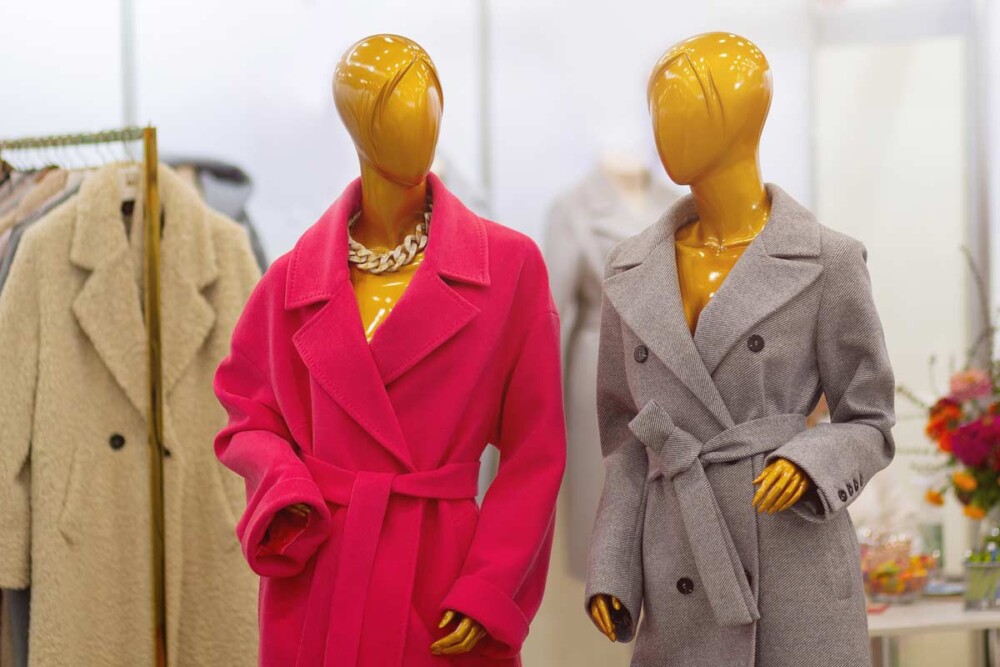
How to recognize a quality coat fabric
Knowing how to recognize a quality fabric means observing details such as fabric weight, compactness and finish. A good material is homogeneous, stable and pleasant to the touch.
| Feature | What indicates | What guarantees |
| Grammar (g/m²) | Fabric weight | Heat and structure |
| Compactness | Plot density | Durability and resistance |
| Finish | Gauze, brushed, full | Softness and protection |
| Fall | Elasticity and flexibility | Flattering fit |
| Color | Visual uniformity | Stability over time |
Coat lining and interior fabrics
When it comes to coats, the role of the lining should never be underestimated. This hidden element contributes significantly to the comfort, durability and overall quality of the garment.
The choice of internal fabric must be consistent with the external one: a heavy wool coat requires a resistant and stable lining, while a technical or light model requires a more fluid and breathable material.
In addition to improving the fit, the lining fabric also serves to protect the main fabric, facilitating movement and increasing the longevity of the coat.
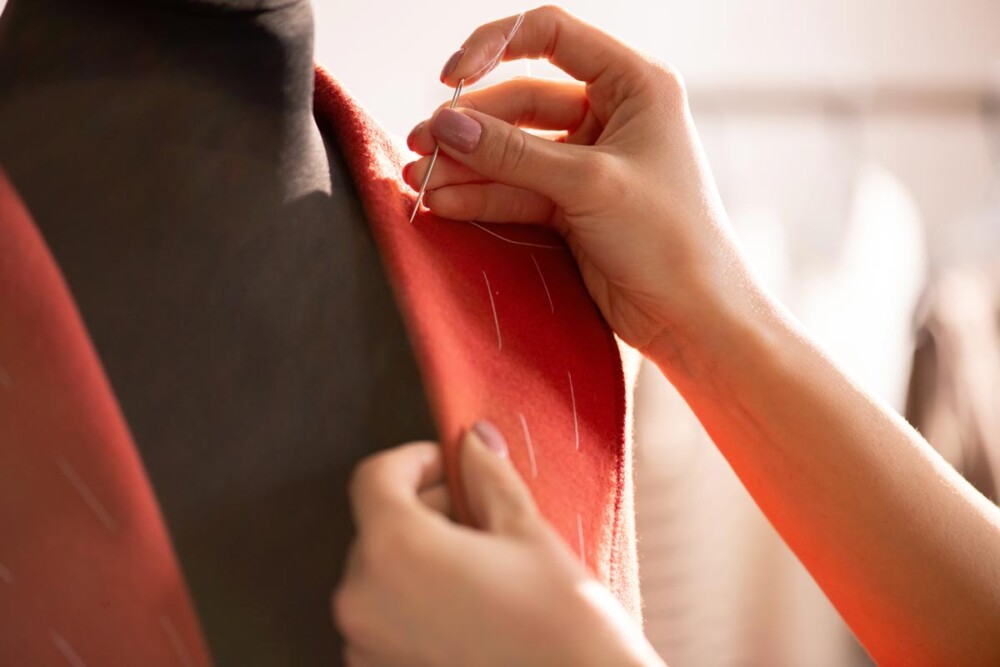
Why coat lining is essential
The lining is what completes a quality coat. Improves comfort, facilitates movement and protects the outer fabric from wear. In addition, it adds aesthetic value and contributes to thermal insulation.
A well-lined coat runs better on the body, is worn easily and lasts longer.
The best lining materials
The most used linings are:
- Viscous, breathable and pleasant on the skin;
- Polyester, durable and practical for everyday use;
- Satin and taffeta, perfect for elegant and tailored coats.
The choice of lining must harmonize with the main fabric: heavy wool requires a compact interior, while technical fabrics prefer thin and fluid linings.
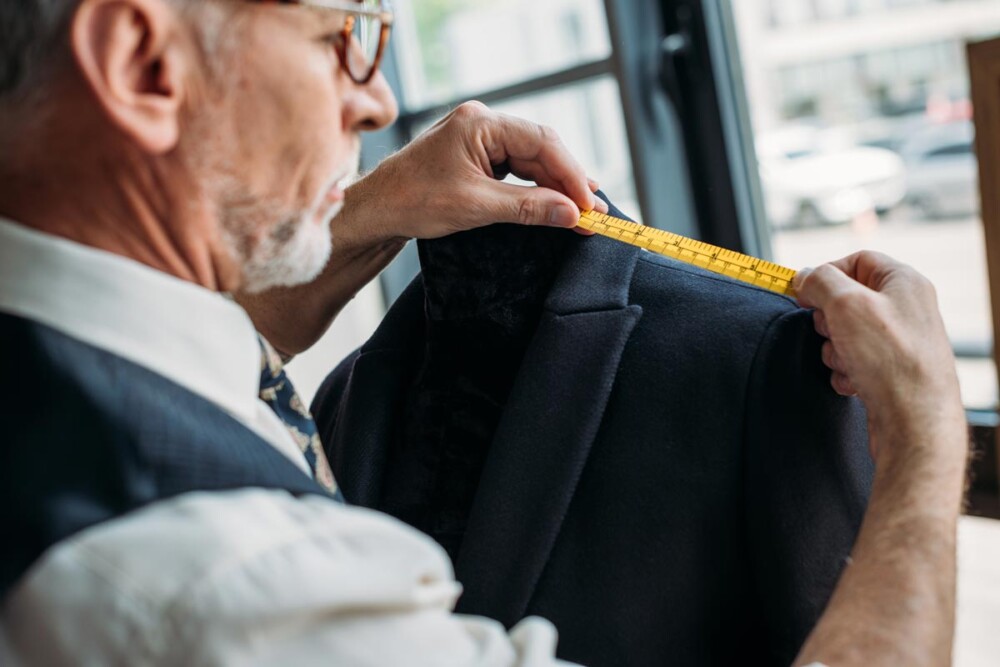
Where to buy quality coat fabrics
Choosing a reliable supplier is the first step to achieving professional results. The Cimmino shop offers a complete range of wholesale coat fabrics, from the finest wools to technical and sustainable materials.
Each collection of clothing fabrics is selected to guarantee quality, aesthetic and performance, with seasonal samples and personalized advice.
Thanks to consolidated experience in the sector, Cimmino is the ideal partner for ateliers, tailors and fashion companies that want to offer resistant, refined and trendy coats.
The best coat fabrics on Cimmino Shop
When it comes to choosing the right fabric for a coat, it is essential to evaluate not only the aesthetics but also the composition, weight, height of the fabric and its technical characteristics. In the models proposed by Cimmino Shop we find quality materials and refined finishes, ideal for creating warm, resistant and tailored garments. Here are four proposals suitable for different styles and needs.
Tessuto Elastico Oliver
Tessuto Elastico Oliver is a timeless classic characterized by geometric patterns in elegant black and white tones. Its composition, 79% polyester, 19% viscose and 2% elastane, guarantees structure, softness and light elasticity which improves comfort and fit.
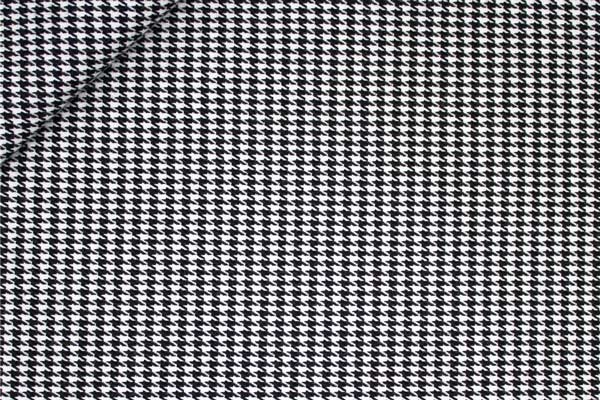
With a height of 145 cm and an average weight of around 320 g/MTL, this fabric lends itself perfectly to the making of formal coats, jackets or outerwear that require good hold but also flexibility. The addition of viscose makes the hand more pleasant, while elastane helps keep the head comfortable during movements. It is a material that combines classic aesthetics and contemporary practicality, ideal for an elegant and structured coat.
Panno Melton
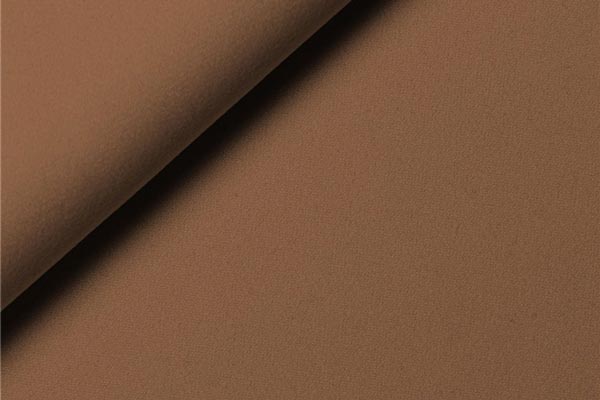
Panno Melton has technical characteristics that make it interesting for clothing with a strong cut. The composition of 85% polyester and 15% viscose, with a height of 145 cm and a consistent weight of approximately 580 g/MTL, gives the fabric a dense and compact structure.
Melton is known for its ability to retain heat and resist wear, qualities that make it perfect for heavy coats or boldly styled capes. Its more rigid and not very elastic nature suggests use for structured and not excessively adherent garments, capable of enhancing the robustness of the material.
Tessuto Lana Cotta Unito
Tessuto Lana Cotta Unito represents one of the most suitable choices for those who want a warm, resistant and refined coat. The combination of 70% wool and 30% polyester gives the fabric a soft feel and a compact structure, capable of maintaining the shape of the garment over time.
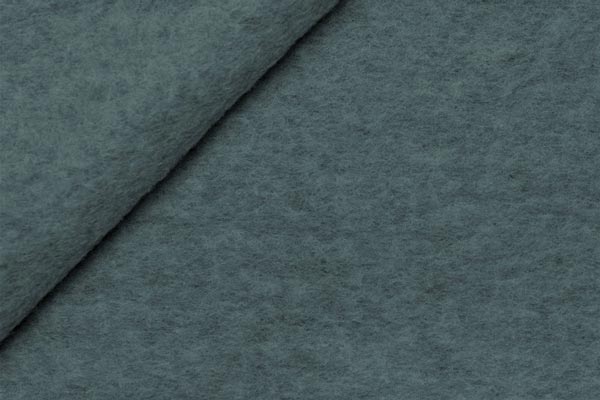
The height of 145 cm and the weight of approximately 380 g/MTL make it perfect for winter outerwear that requires protection from the cold without being too rigid. Boiled wool is obtained through a felting process that compacts the fibres, guaranteeing thermal insulation and durability. In the plain version, the fabric is elegant and versatile, suitable for minimal coats, double-breasted or tailored garments.
Tessuto Lana Cotta Pois
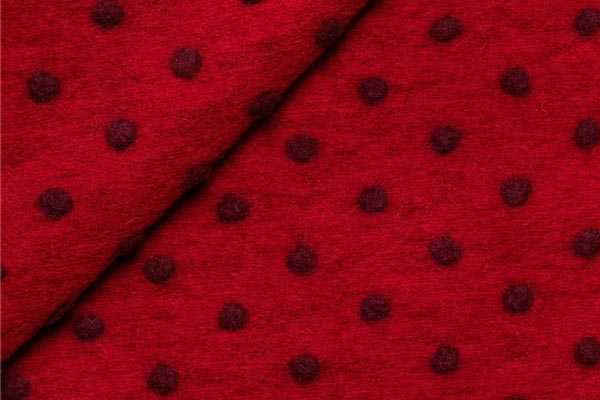
Tessuto Lana Cotta Pois offers a more original and decorative interpretation of the classic winter fabric. Made of 65% wool and 35% polyester, with a height of 145 cm and a weight of approximately 430 g/MTL, it stands out for its compact and slightly curled surface, embellished with embossed polka dots that add a three-dimensional touch.
This texture gives movement to the garment and emphasizes its craftsmanship, while maintaining the heat and strength properties typical of boiled wool. In addition to coats, it can also be used for fashion accessories such as scarves or hats, but finds its maximum expression in outerwear with a creative and contemporary style.
FAQ – Coat Fabrics
The best winter coat fabric is wool, due to its ability to retain heat and ensure breathability. The hottest variations are full wool and compact woolen cloth. Alternatively, wool blends with a small percentage of synthetic fibers offer greater strength and practicality.
For a winter coat we recommend a weight between 400 and 600 g/m², which ensures structure and thermal insulation. Autumn or light coats, on the other hand, can be made with weights between 250 and 350 g/m².
Pure wool is warmer and more valuable, but requires greater care in maintenance. Wool blend fabrics combine comfort and practicality, resist wear better and maintain an elegant appearance over time. The choice depends on use: for everyday garments, a blend is better, for tailored garments, pure wool.
Waterproof or windproof coats are made with technical polyester or polyamide fabrics treated with water-repellent finishes. They offer excellent protection from bad weather and require little maintenance. Some full wools can be treated to resist water, but remain less performing than engineering materials.
For elegant or tailored coats, a viscose or satin lining is ideal, materials that give shine and guarantee good breathability. The taffeta, on the other hand, is perfect for structured models, because it maintains its shape and adds a touch of refinement.
On average, 2.5 – 3 meters of fabric are needed to make a long coat for women or men, but the quantity may vary based on size and model (double-breasted, oversized or hooded coat). It is always advisable to provide a small extra margin for finishing.
Among the most popular fashion fabrics are bouclé, for its soft and three-dimensional appearance, mohair, which gives brightness and lightness, and cashmere, which remains the finest fibre. These materials are often used for oversized, elegant or tailored models.
For those looking for wholesale coat fabrics, Cimmino Tessuti offers a complete catalog with wools, blends, bouclés, technical materials and regenerated fibres. All fabrics are selected for quality and aesthetic performance, with seasonal samples and dedicated consultancy for professionals and companies.



